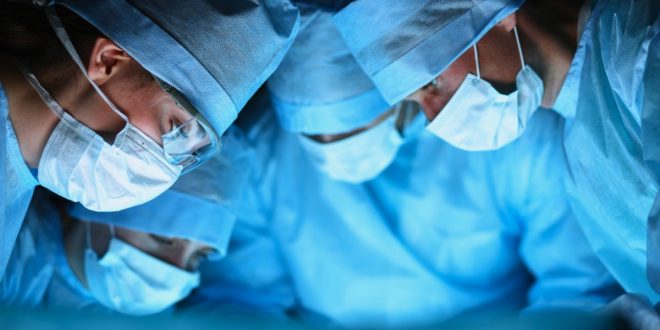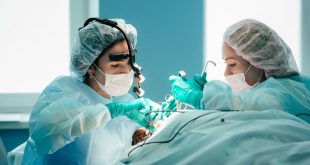Chin Surgery, also known as chin augmentation, mentoplasty and genioplasty, is a surgical procedure that reforms and restructures the chin by enhancing with implants or reducing the bone.
Usually, patients that underwent nose surgery are advised to undergo chin surgery to maintain facial proportion.
Derived from the Latin word “mentum” (meaning chin); Mentoplasty is the technical name for the surgery involved in reshaping the chin.
Mentoplasty is divided into two categories – chin surgery to augment or increase small chins and chin surgery to reduce protruding chins.
Since microgenia (small chins) is the most usual chin abnormality, it is more frequently done than chin reduction.
Also Known As: Chin Augmentation, Mentoplasty (chin re-shaping), Genioplasty (chin repositioning)
History of Chin Surgery
Chin surgery may benefit people with chin malformations resulting from jawbone developmental abnormalities. It can also help reshape the chin to give proportion to other facial features.
Chin surgery will also benefit people who have undergone gender reassignment surgery. Since the shape and size of the lower jaw line and chin are different in men and women, the chin surgery can solve this problem.
Chin surgery can also be part of the craniofacial reconstruction to patients who underwent cancer or trauma surgery.
Orthognathic surgery is administered to people with facial bones deformities, which affects their ability to chew and speak normally. A chin surgery can correct these deformities.
Chin Surgery Procedure
Chin surgery is generally performed using intravenous or general anesthesia. You will remain comfortable since you will be asleep throughout the procedure. Some surgeon will administer intravenous sedation, depending on the patient’s background.
The chin surgery procedure will depend whether the patient needs chin augmentation or reduction.
CHIN AUGMENTATION
Chin augmentation is performed by inserting an implant under the patient’s skin of the chin, which takes 30 to 60 minutes, or by using a sliding genioplasty, which takes 45 to 90 minutes.
Chin implants are only used with patients having moderate microgenia. Before 2003, surgeons used cartilage from donors as implants. Today, alloplastic implants are more used to reduce the risks of infections.
The implants are inserted inside the mouth (intraoral) or under the chin (submental). Whether the process of incision, the surgeon cuts through a few layers of tissues, avoiding major nerves of the chin. The doctor makes a pocket in the connective tissue, washes it with antiseptic solution and properly inserts the implant into the pocket. The incision is then closed and wound is covered with gauze.
Sliding genioplasty is usually performed when the chin deformity is more complex or the chin is too small for implant augmentation. When this procedure is used, the surgeon will cut through the jawbone using an oscillating saw to remove a part of the bone. The bone segment will then be moved forward and position the jaw in place with screws and metal plates. The cut is then closed and the patient’s head is wrapped with dressing needed for pressure.
CHIN REDUCTION
When a protruding or excessively large chin is reduced, it can be done by direct chin reduction or sliding genioplasty. In a direct reduction, the doctor will make an intraoral or submental incision and will remove the excess bone from the chin. On the other hand, the sliding genioplasty chin reduction is similar to the genioplasty of chin augmentation, except that the bone is moved backward rather than forward.
Recovery After Chin Surgery Procedure
Immediately after the chin surgery, the patient should have a relative or friend to drive them home. Since the patient will be given medication for the discomfort as well as a 7-day course of antibiotics, patients can only return to work in seven to ten days.
Aftercare regimen includes a liquid diet for five days, raising the head when sleeping, rinsing the mouth with hydrogen peroxide, avoiding touching of the chin and preventing vigorous exercise for two weeks.
Although the patient can go back to work in about 1 week, the normal facial appearance will return in two to four weeks.
The results of a chin surgery will last permanently.
Surgical facility And Chin Surgery Cost
Both chin surgeries, whether for augmentation or reduction, is completed as an outpatient basis.
The cost of chin surgery depends on the severity of the condition and complexity of procedure. For a chin implant, the average surgeon fee starts at $1,600. However, for a sliding genioplasty, it ranges from $4,000 to $6,000 up (depending on the surgeon’s expertise).
The cost of chin surgery will largely be determined by the kind of procedure administered. For instance, chin augmentation starts at $2,000, chin reduction starts at $2,700, sliding chin will cost $2,500 and non-surgical jaw lift will start at $900.
Side Effects, Risks, Complications and Contradictions
Although the occurrences of side effects are low, patients are possible to experience temporary numbness, implant rejection, swelling, bruising, stiffness and temporary discomfort.
Complications may include an allergic reaction to anesthetic, infection and bleeding.
Chin implants may also cause deformity of the chin after infection, injury to the nerves of the chin, erosion of the bone or dislocation and extrusion of implants.
Genioplasty may cause injuries to the chin nerves, damage to teeth roots, under or over correction of the chin defect and hematoma.
 Lesbian, Gay, Bisexual, Transgender & Intersex News Lesbian News, Gay News, Bisexual News, Transgender News, Intersex News, LGBTI News
Lesbian, Gay, Bisexual, Transgender & Intersex News Lesbian News, Gay News, Bisexual News, Transgender News, Intersex News, LGBTI News




